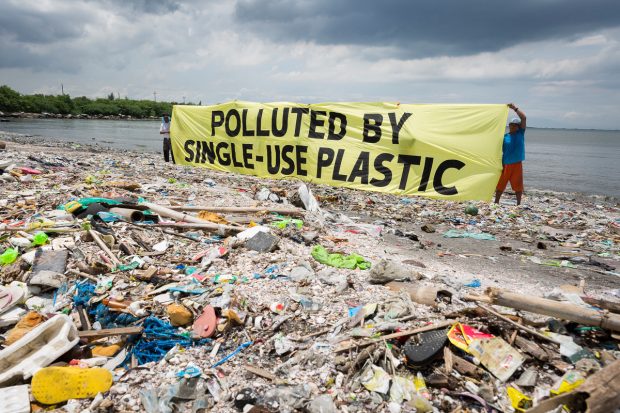Meal kit delivery services from companies like Blue Apron and Hello Fresh have exploded in popularity in the last few years, with an increasing number of people choosing them for reasons of convenience and dietary needs. Indeed, the competition in the industry has led to many low-cost options, and the kits are now beginning to be seen as less of a luxury item. The companies are aiming to digitally disrupt the traditional grocery industry. But as they grow, there will inevitably be questions over their impact on the environment.

We know, of course, that exploring a digital option is, as a general rule, greener than a traditional option involving a physical trip. For example, watching a movie on Netflix would have a lower carbon footprint than going to the video store to pick a movie, as would logging on to a site like Mr Green casino compared with a trip to a land-based casino resort. But it can be a bit more complicated with meal kit delivery services. Indeed, food is particularly problematic for measuring carbon footprint.
Companies Criticised for Plastic Use
First, though, let’s look at some of the criticisms of meal kits, almost all of which involve the excess packaging. In a nutshell, the problem lies with the amount of plastic (some items will be wrapped in paper) used to facilitate one meal. Consider how many portions can be made from one single bag of potatoes, and then consider how much packaging will be used to wrap those portions. Last year, environmental campaigners highlighted that one Hello Fresh meal kit had 32 different pieces of plastic in it.
But, after several major studies, it has now become widely accepted that meal kits are betting for the environment than a trip to the grocery store. While the plastic still remains an issue – even if some companies have promised to pay to offset their carbon footprint – the precise portioning means a massive cut in food waste, and that’s arguably more beneficial to the environment.
Studies vary, but food waste is said to responsible for 6% of total greenhouse gas emissions globally. If you compare that to the airline industry, which accounts for 2.4%, you can see that it’s a significant amount. Indeed, we should stress here that the 6% is for food waste, not food production. The latter accounts for a massive 26% of global CO2 emissions.
The claim from meal kit companies is that they can cut down on food waste by two-thirds. So by that metric, we could gage that everyone using meal kits would cut down on greenhouse gas emission by more than that emitted from the entire aviation industry.
Meal Kits Tout Locally-sourced Ingredients
Meal kit companies also tout other environmentally-friendly benefits. For instance, there is often the marketing of their ingredients as being locally-sourced, and we know that food transportation – especially if it is international – can lead to huge emissions of greenhouse gases. There seems to be a real commitment to locally-sourced ingredients, especially organic fruit and vegetables, and it obviously helps with marketing, too.

We should, however, stress that all these green credentials are relative to the industry as a whole, and carbon footprints are always going to be subjective. For example, if you walk each morning to a local greengrocer and butcher in your neighbourhood for your meat and vegetables, you could argue that’s going to have a lower carbon footprint than receiving a meal kit.
Overall, most of the reports seem positive for the meal kit industry. But we should caution that it’s still a relatively new industry, and, as such, the studies on how it impacts the environment are limited in numbers and scope. Moreover, grocery chains are likely to try to improve their green credentials in the coming years, so the gap might narrow. But, for the moment, if you are looking for ways to cut down on your carbon footprint, a meal kit could be one way do that.
Read More:
EcoWalk. Fighting plastic: best natural drinking straws you will love
What are sustainable use practices?
An unsettling look into beauty industry packaging waste
Smart ways to make your home more eco-friendly

